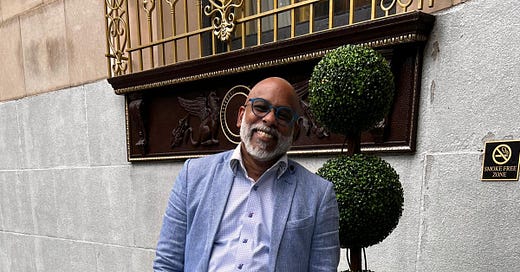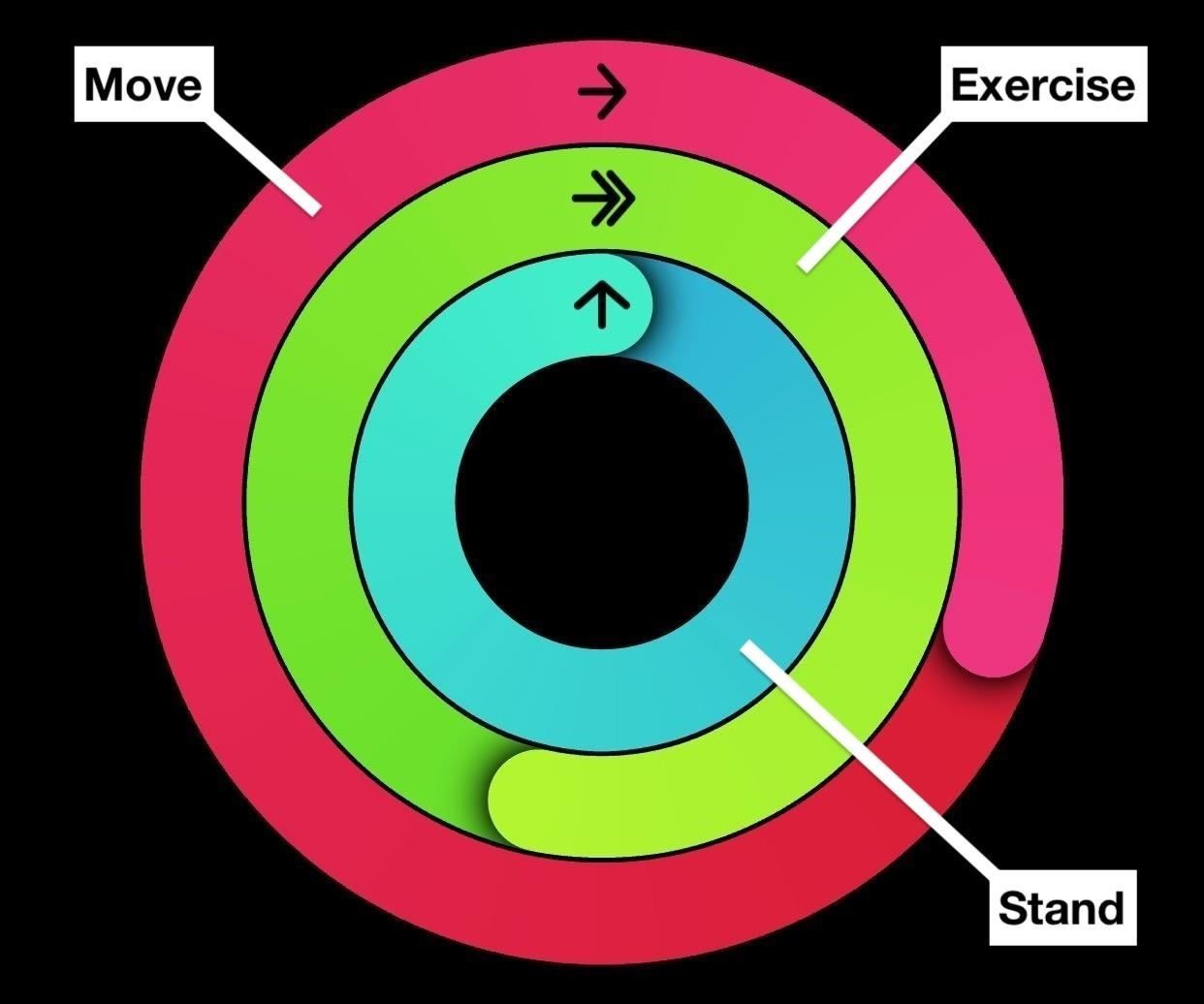Facing 60: An age of slowing down while still living in the fast lane
Brian Sankarsingh writes about turning 60 - this is not intended as health advice. Please consult your doctor before beginning any training regimen.
I may be older than dirt, but I am not older than cell phones - Brian Sankarsingh
Next year I will be turning 60, and the Stanford Medicine study showing that we age fastest around ages 44 and 60 hit me hard. It is a strange feeling to know you’re in the middle of a second major “age acceleration.” The kind of feeling where you begin to experience the true effects of your own mortality. When we’re young we believe ourselves to be immortal and unassailable, but as we begin to age, we start experiencing subtle – and often not so subtle – indicators of the fact. If you’re my age, you know what I mean.
But back to our topic.
The researchers found that, after a certain point, our bodies hit these milestones where the signs of aging speed up noticeably. Let me break it down.
Stanford Medicine’s study pinpoints two main periods where aging kicks up a gear:
1. Age 44 – This is often when many of us feel like recovery times increase, energy levels dip, and joints start to creak. Yep. You know it. I discovered joints where I did not know I had them and that was only because they started hurting.
2. Age 60 – Another acceleration point. We’re more prone to health issues like heart disease, muscle loss, and weakened bones. For men, we also think about a drop in our libido and prostate or other types of cancer. In short, it’s biology. But that doesn’t mean you can’t do anything about it. I firmly believe a good exercise regimen can help us control a lot of that.
Why I Think Exercise Matters
Here’s how I see it: exercise helps us stand up to the ageing clock. Studies—and my own experience—show that regular physical activity can significantly minimize aging’s impact.
If you’re familiar with Apple Watch, then you know about the three rings – move, exercise and standing. For the past 982 days (about 2 and a half years) I have consistently closed all my rings. That meant a minimum of 500 calories (about 40 minutes of running) from moving around, 30 minutes of exercise and 12 hours of standing. I have also started to pay attention to my sleep, rest, recovery, and mindfulness. I do functional strength training three times a week and combination of Hot Pilates and Hot Yoga four times a week. Each of these are one-hour sessions and sometimes I do them on the same day. At my heaviest I was 182 lbs, which for my height made me overweight. I am down to 165 lbs which is 5 lbs from the ideal weight for my age and height.
Here’s what I experienced thus far:
Improved balance: Regular exercise keeps muscles strong and flexible. After 60, muscle mass declines, but functional strength training can slow that down and help prevent falls and injuries. Functional strength training tones muscle and provides energy. It also helps with managing your diet. I go to Goodlife gyms and they have a program called BodyPump which is an hour of total-body functional strength training.
Improved strength: Weight-bearing exercises like walking or lifting weights help maintain bone density, which naturally decreases with age. Stronger bones mean fewer fractures and more mobility.
Improved Stretching and Flexibility: Pilates is a low-impact exercise that improves strength, flexibility, balance, and posture. Hot Yoga is a yoga in a room with a temperature between 26.6–37.7–45.°C). Hot yoga is not for everyone. You should check with your doctor before trying hot yoga, especially if you have any health concerns or if you are pregnant. Both Pilates and yoga are low-impact exercises, but there is one important difference. When practicing yoga, you typically adopt a position and hold it, or flow into a different position. In Pilates, you adopt a position and then challenge your core by moving your arms or legs.
Improved Heart Health: Cardiovascular exercises like jogging, cycling, or even brisk walking improve circulation and keep your heart and lungs strong. I suffer with asthma so cardiovascular health is very important to me.
Mood & Cognitive Health: Regular exercise isn’t just for the body—it boosts your brain, too. It can improve your mood, keep anxiety in check, and even help with memory. I have directly experienced that 10 minutes of meditation and mindfulness a day helps me handle my stress better.
Getting Started Without Overdoing It
As someone who’s closing in on that 60+ club, I’ve learned that it’s not about extreme workouts. You want consistency, not exhaustion. Here’s a plan to get the most out of exercise without overdoing it:
Start Slow: Begin with activities you enjoy—walking, gardening, swimming. The goal is movement, not intensity.
Strength Training: Two or three times a week, focus on light weights or body-weight exercises to keep muscles active. Do things like squats, lunges and pushups if you don’t have access to a gym.
Cardio: Aim for 150 minutes (about 5 hours) a week of moderate cardio. That’s about 30 minutes, five days a week. It could be a brisk walk or a light jog.
Stretch: Don’t skip this. Stretching after exercise keeps muscles flexible and reduces stiffness. Believe me I used to skip this in the beginning and it was only when I started doing hot yoga that I realized how much flexibility affects your overall health.
Rest: Recovery is key. Our bodies need more time to bounce back, so listen to your body and don’t push through exhaustion.
Mindfulness: Do not be like me and ignore the power of taking time to re-centre. This has nothing to do with religion and everything to do with good mental health. It involves paying attention to the present moment without judgment and being aware of your thoughts, feelings, sensations, and surroundings, and observing them without reacting or judging them.
The Takeaway
Aging is inevitable but speeding up its worst effects doesn’t have to be. The Stanford study might say that 60 is a big checkpoint on the aging road, but I’m not letting that stop me. With regular exercise and a few smart choices, you can slow down those changes and feel good for years to come.
Bio: BRIAN SANKARSINGH is a Trinidadian-born Canadian immigrant who has published several books of poetry on a wide range of social and historical themes including racism, colonialism, and enslavement. Sankarsingh artfully blends prose and poetry into his storytelling creating an eclectic mix with both genres. This unique approach is sure to provide something for everyone.
Thanks for reading Seeking Veritas by The Professor, The Poet & Friends! Subscribe for free to receive new posts and support my work.






